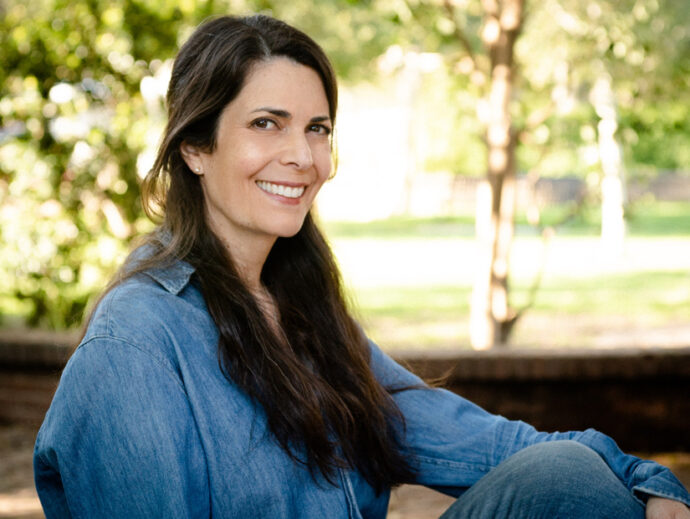Sanity & Success!
As 2019 approaches, many of us begin thinking of dietary and lifestyle goals that we want to implement in the New Year. If you’re like me, those New Year “resolutions” often get lost by the wayside within a few months due to the hectic pace of life and unexpected circumstances. It can be discouraging to loose sight of your goals, and it’s tempting to throw in the towel and give up for the rest of the year. But dietary resolutions don’t need to be something that chain us down or make us feel like failures. In this article, we’ll look at a realistic and still healthy way to keep your diet goals sustainable throughout the year.
Most people would agree that diet affects health. What most people struggle with is the practical application of this belief in their daily lives. Some people take their diet to extremes of deprivation, severely restricting calories, completely omitting a food group, and even leading to “orthorexia”: the obsession with a healthy diet that leads to impaired relationships, poor quality of life, and even nutritional deficiencies.
On the other hand, some people have difficulty making healthy and sustainable changes to their diet at all. Our busy lives present challenges to eating healthy, and even I can’t always buy organic food or eat vegan homemade meals every day. I used to feel incredibly guilty any time I wavered from my self-imposed rules (which, being human and hungry, happened often!) and this was discouraging. I am a nurse with a mission to improve people’s health with diet and lifestyle changes; how could I make recommendations that I couldn’t even follow 100% myself?
It’s true that the quest for health can be consuming. We are constantly bombarded by the latest diet recommendations, supplement advertisements, and fears about the toxins in our environment and food. The internet is full of conflicting information on what to eat and not to eat. It’s enough to drive any health-minded person crazy (which defeats the purpose of healthy eating/living to begin with!)
What do we all really want, though? What is our ultimate PURPOSE in trying to eat healthily and live a healthy lifestyle? I would say the purpose is twofold: 1) longevity, and 2) quality of life. A healthy diet and lifestyle will encourage these goals. But there is a fine balance when it comes to quality of life. For example, do our health convictions mean that we would rather starve than eat the only food available even if it violates our standards of healthy food? Deprive ourselves of nutrients in order to create weight loss? Or deny ourselves the celebration of a friend’s birthday by turning down a piece of cake (and craving it for hours afterward)?
There are many diet types out there, but not all diets are good fits for everyone, and counting calories can really ruin the enjoyment of a meal. After years of researching and trying different diets, I believe starting with the 80/20 principle is the simplest and most realistic way to promote health and live guilt-free. Let’s start looking at our dietary convictions as guidelines more than rules. This allows for some wiggle room for the circumstances of life: birthday cakes, drinks with friends, Taco Bell when there is no other food for 30 miles on the highway. If we practice our healthy diet guidelines for 80% of our eating and drinking, we can allow 20% of our eating and drinking to fall outside of our dietary guidelines when circumstances or celebrations require it.
Here’s an example of my Dietary Principles, based on my ongoing research and ethical convictions. My goal is to keep 80% of my diet aligned with these guidelines, and future articles will go into more depth on each of these:
1). PLANT-BASED: A National Geographic study on Blue Zone areas of the world (lowest morbidity and mortality rates) showed that these people eat only 10-30% of their calories from animal sources. This is drastically lower than the Standard American Diet (S.A.D) most people eat. Animal products contain saturated fats, which can be dangerous in large doses, and higher levels of pesticides, hormones and other environmental contaminants. I stick to 10% or less, occasionally incorporating organic dairy and eggs from a coworker’s backyard chickens.
2). WHOLE FOODS. Foods that are as unprocessed as possible, fresh, and containing minimal ingredients and no artificial additives. Whole foods have more fiber and nutrients as well.
3). CLEAN. Organic, non-GMO, no toxic additives such as artificial colors, flavors, or preservatives. Pesticides are known to cause cancer, disrupt the endocrine system, and can trigger autoimmune disease through inflammation. Additives and preservatives are chemicals that can negatively affect cellular functions, cause allergies, and impact children’s behavior. GMO (genetically modified) foods are potentially unsafe because they contain DNA from other organisms that have unknown effects on humans and may cause food allergies.
4). ETHICAL. Organic dairy, meat, and egg companies must follow stricter ethical and health standards for their animals, including some exposure to the outdoors. I also try to purchase tropical foods that are Fair Trade certified, ensuring fair wages to the workers and not harvested in destructive ways. Buying local as much as possible supports small farms.
5). AVOID SUGAR, CORN SYRUP, AND TRANS FATS/HYDROGENATED PLANT OILS. These are mostly found in baked items and pastries. Sugars cause inflammation, feed cancer and yeast cells, and dampen your immune system. Trans fats and hydrogenated plant oils are inflammatory and can contribute to cardiovascular disease. I generally only cook with virgin coconut oil and avocado oil and use California-grown expeller pressed olive oil for cold or already cooked foods.
Making changes towards the 80/20 rule is not as challenging as it sounds. Begin by substituting healthy, homemade snacks (trail mix) for unhealthy ones (candy and chips), and cooking your meals from whole foods instead of buying frozen entrees or eating out. If you eat about 6 times per day (3 meals and 3 snacks), the 80/20 rule allows about one less-healthy choice per day.
Following the 80/20 rule preserves quality of life while not sabotaging longevity. It still nurtures and protects the body, fosters self-control, supports healthy weights, and improves self-esteem while reducing the guilt from occasionally indulging. As you master the 80/20 rule, you can begin to increase the percentage of healthy foods upwards as your life situations allow, for example, 85/15 and upwards. The goal is to make sure the majority of your intake follows your healthy dietary guidelines.
Find your WHY for healthy living, then make a list of your top five “guidelines”. As 80% of your diet improves in quality, you will find your taste for healthy food increases as well. More importantly, your body will feel healthier, your mood will improve, and you will not feel imprisoned by a self-imposed, strict diet that leaves no room for living.
*
Disclaimer:
Nurse in the Kitchen articles on the CultureHoney.com Site contain information relating to healthy and nutritional living. This information and is not meant to diagnose, treat, or prescribe to particular individuals. The information contained in these articles should not be used to replace the advice of your physician. Reliance on any information provided by CultureHoney.com, CultureHoney.com contributors, or others appearing on the Site at the invitation of CultureHoney.com, is solely at your own risk.





